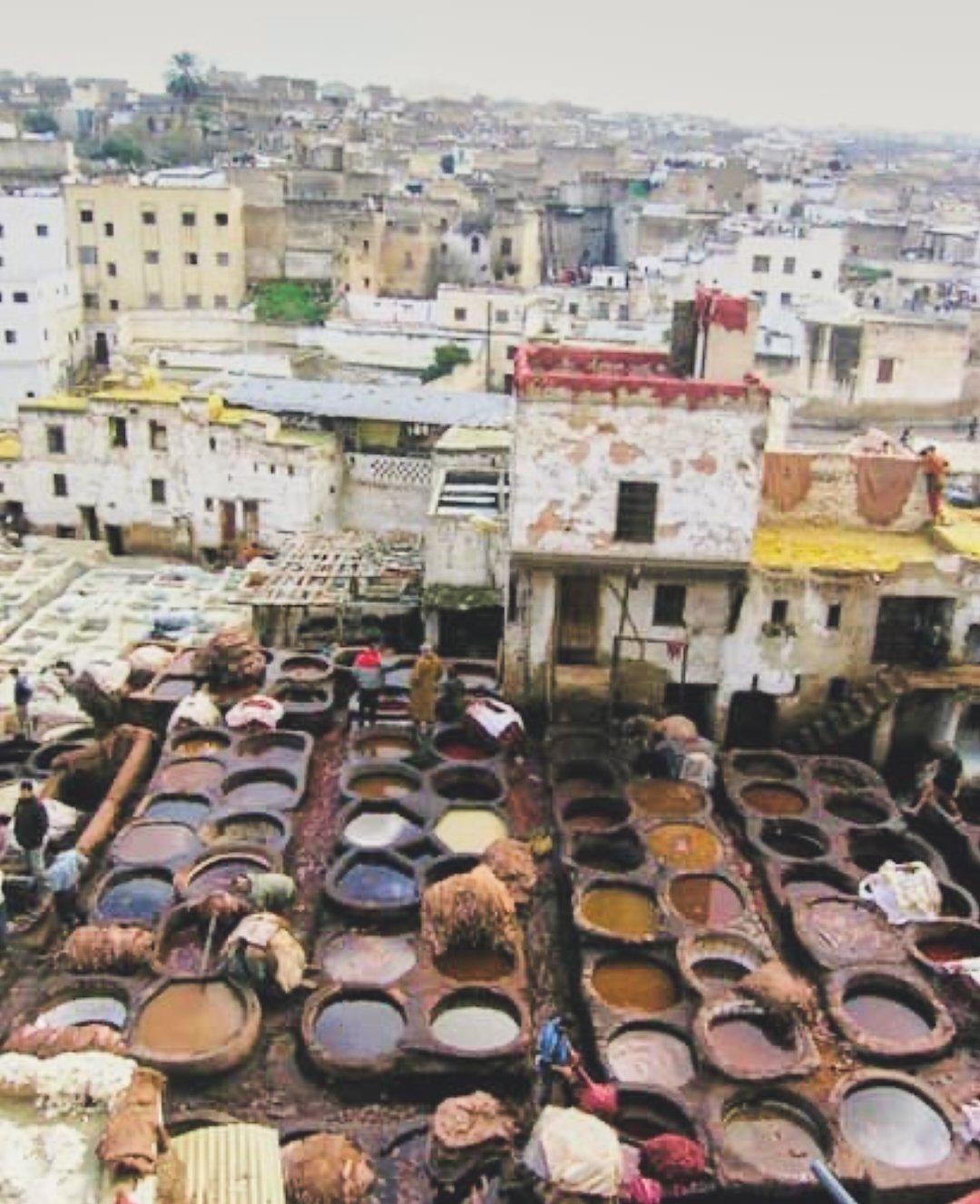#39 Textile Dyeing
The textile industry is one of the largest industries in the world; producing an average of 60 billion kilograms of fabric annually. Textile dyeing still remains one of the most polluting industries on the planet – degrading air, water, and soil in areas of production. Did you know that 72 toxic chemicals have been identified in fresh water systems coming solely from textile dyeing?
Not So Natural Dyes:
Until the mid-nineteenth century, the majority of dyes used were produced naturally. Mauveine, a synthetic mauve pigment obtained from aniline, was produced in 1856 – and since then synthetic dyes have dominated the industry. Synthetic dyes are more affordable, can be made in a wider variety of colors, and are very easy to produce. Unfortunately, the shift to synthetic dyes has been extremely detrimental to the health of our planet. The negative effects of synthetic dyes on our planet include air, water, and soil pollution.
Facts on Textile Dyeing:
20% of all industrial water pollution is caused by fabric dyes and treatments.
It is estimated that 10,000 different dyes are used industrially.
8,000 synthetic chemicals are used to bleach, treat, and brighten our clothes.
Azo dyes, which account for 60-70% of all dyes in the industry – are known carcinogens.
Mills can use up to 200 tons of water per ton of dyed fabric; which in turn, only produces about 1400 pieces of clothing.
Colloidal matter in dye prevents the penetration of sunlight necessary for the process of photosynthesis – creating plumes of invasive algae.
Mills discharge millions of gallons of effluent as hazardous toxic waste; full of color and organic chemicals from dyeing and finishing salts.
The wastewater from textile plants is classified as the most polluting of all the industrial sectors; considering the volume generated, as well as the effluent composition.
During the dyeing process, it is estimated that the loss of colorants that end up in the environment ranges from 10-50%, depending on the color and chemicals used.
Phthalates and NPEs are among the chemicals known as endocrine disruptors, which are used often and in vast quantities in textile processing.
Synthetic dyes have endocrine disruptors. Endocrine disruptors are chemicals that can interfere with endocrine or hormone systems at certain doses.
How Can I Make An Impact ?
Action 1: Global Goodness
Reduce, reduce, reduce. Our overconsumption of textiles creates an erroneous demand for production. We can make the largest individual impact by reducing our consumption and shopping at consignment or upcycled clothing stores.
Buy clothing made from natural fibers like organic cotton, hemp and linen. Shopping organic with natural textiles prevents the use of synthetic chemicals and dyes.
Action 2: Planet Protector
All of Action 1.
Purchase naturally dyed products. There are many dyes that utilize nature to make color. Tree branches, leaves, turmeric, and beets are just some examples of natural dyes that don’t harm the planet.
Dye your own. Get creative in your own fashion sense. Buy organic clothing that is white or grey and dye them yourself. There are some great how-to YouTube videos on organic dyeing.
Action 3: Earth Angel
All of Actions 1 & 2.
Support initiatives that promote AirDye processes. Air dyeing greatly reduces the amount of water consumed in the dyeing process.
Ask your local Congressmen (and women) to increase regulations within the textile industry.
Educate others on the environmental and health impacts of synthetic dyes in the textile industry. An increase in organic clothing purchases would likely cause the industry to shift into more sustainable textile production practices.
Choose to be an Ambassador for Change, and always Spread Loveand Spread Light.


